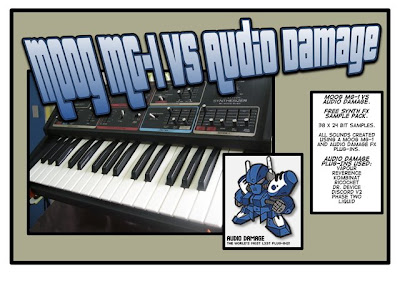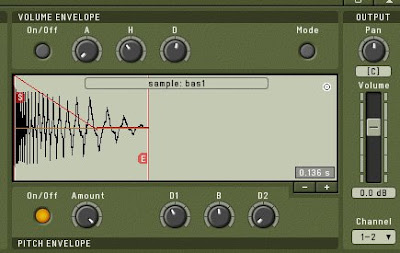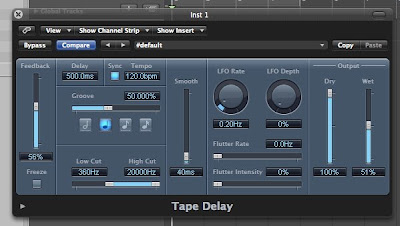 Sample developers Goldbaby have made available a free set of 38 synth FX sounds created using the Realistic MG-1 (a synth made by Moog that was sold at Radio Shack back in the 80's) being processed through an array of Audio Damage's critically acclaimed plug-ins.
Sample developers Goldbaby have made available a free set of 38 synth FX sounds created using the Realistic MG-1 (a synth made by Moog that was sold at Radio Shack back in the 80's) being processed through an array of Audio Damage's critically acclaimed plug-ins.GO GET THEM!





































